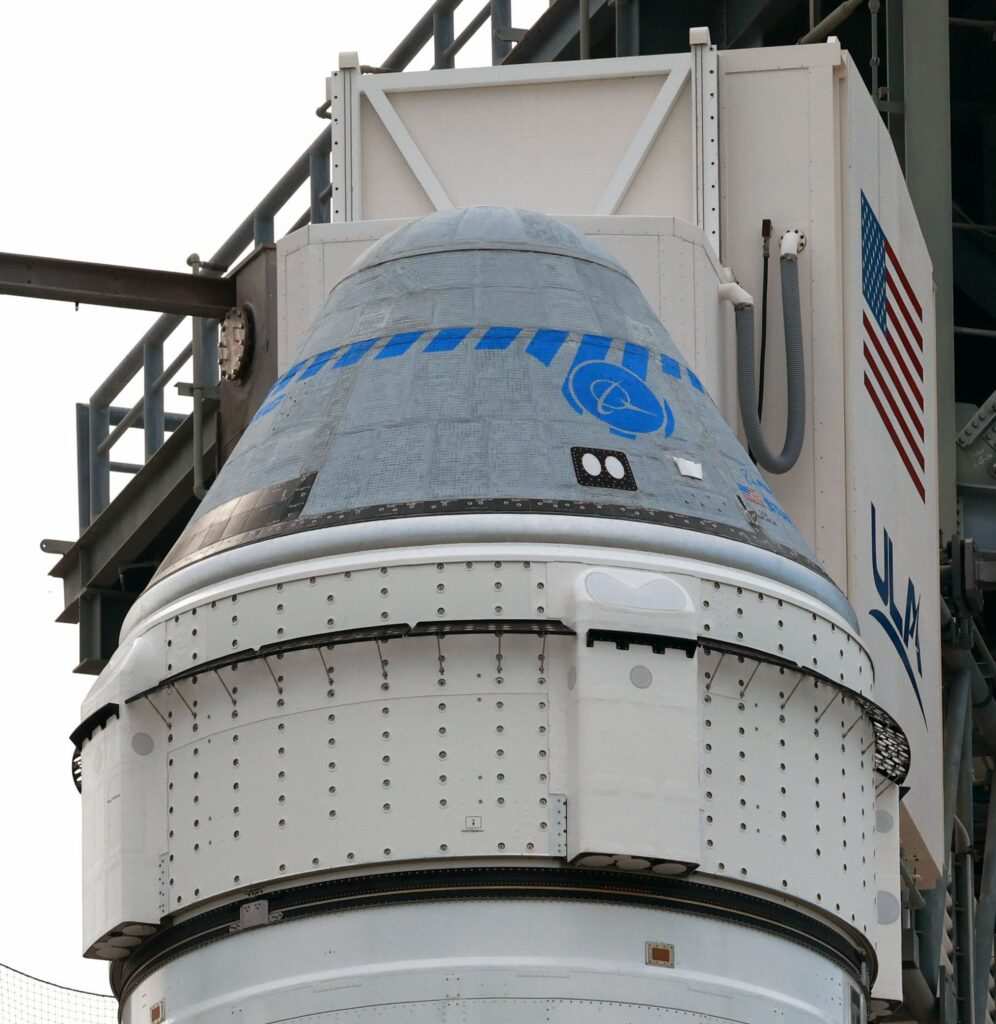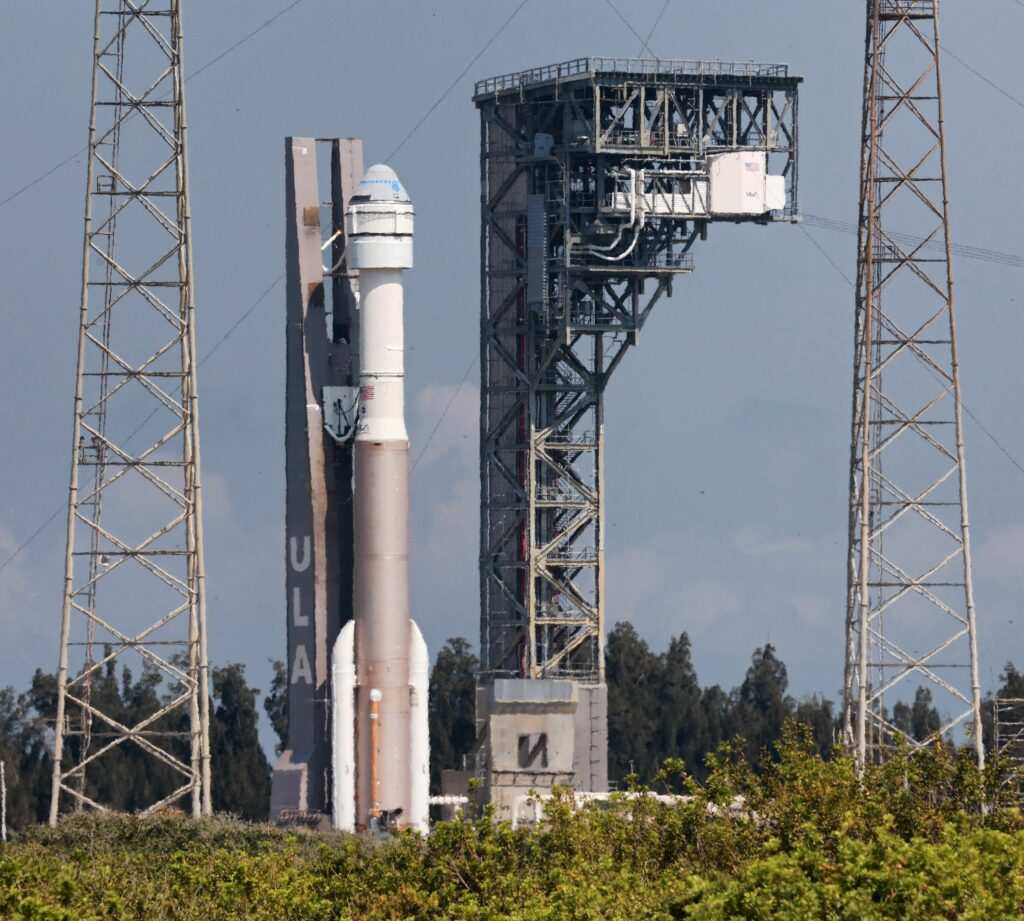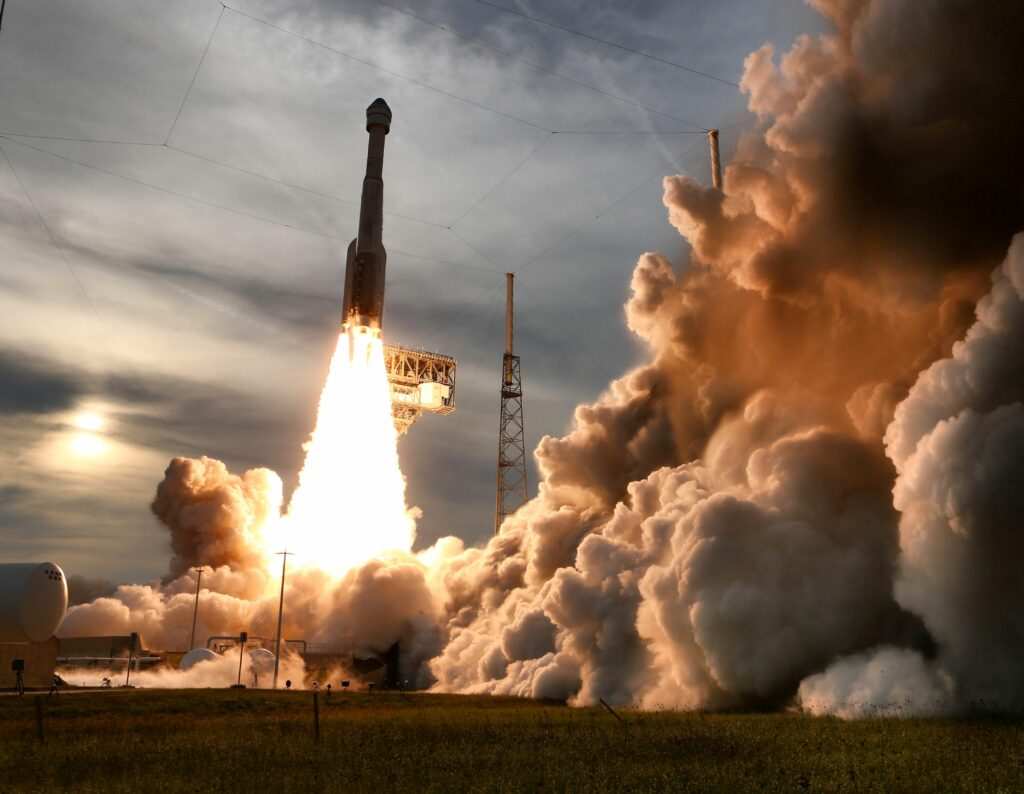NASA announced two astronauts it plans to send up on the crewed test flight of the Boeing CST-100 Starliner when it gets a chance to fly the International Space Station in an effort to join SpaceX as official Commercial Crew Program provider.
While SpaceX Crew Dragons have surged ahead in their contracts already on their fourth operational mission to the ISS, Boeing only last month completed its uncrewed flight test, a redo of a 2019 attempt that was not able to dock with the station.

The assigned crew include commander Barry “Butch” Wilmore, who had previously been assigned to the Crew Flight Test (CFT) mission. Joining him will be pilot Sunita “Suni” Williams, who had previously been assigned to Starliner-1, which will be Boeing’s first operational mission.
Left out of the flight manifest is Mike Fincke, who remains a backup test pilot for the program, and eligible for future flights on Starliner, NASA said.
All three have been working with the Boeing program for years. A previously assigned astronaut Nicole Mann was pulled from Starliner duty in favor of flight to the ISS on the upcoming SpaceX Crew-5 mission this September. Another astronaut still assigned for Starliner-1 is Jeannette Epps, although she has also begun training with SpaceX as well in case an assignment shift is needed.

“Mike Fincke has dedicated the last nine years of his career to these first Boeing missions and Suni the last seven. Butch has done a marvelous job leading the team as the spacecraft commander since 2020,” said Reid Wiseman, chief of NASA’s Astronaut Office. “It was great to see Starliner’s successful journey to the International Space Station during the Orbital Flight Test-2 mission last month. We are all looking forward to cheering on Butch and Suni as they fly the first crewed Starliner mission.”
The CFT mission is slated to last about two weeks, but NASA is giving the potential docked time some breathing room, saying it could extend the CFT mission up to six months, and while only two astronauts are assigned for now, more could be added ahead of the planned launch.

When that will happen has not been nailed down, but NASA missions managers had indicated they might try for a late fall flight this year, and expect to announce an initial target at the end of July.
Work continues to review post-flight data from OFT-2, which took off from Cape Canaveral Space Force Station on May 19 atop a United Launch Alliance Atlas V rocket, and landed in the White Sands Missile Range in New Mexico six days later. The capsule has already returned to Boeing’s Commercial Crew and Cargo Processing Facility at Kennedy Space Center for system checkouts and vehicle inspections.

“Starliner and the Atlas V performed well during all phases of OFT-2, and now we are taking a methodical look at each system to determine what needs to be upgraded or improved ahead of CFT, just as we do with every other crewed flight,” said NASA’s Commercial Crew Program manager Steve Stich.

NASA’s eventual plan is to have SpaceX and Boeing trade off one flight a year each to rotate crews to the space station. Starliner-1 could take place in late 2023 or early 2024 while SpaceX will continue operational flights through at least spring 2023. Boeing’s contract gives them six missions to the station after the CFT, which will bring it to what NASA proposes to be the end of the space station’s life cycle in 2030. SpaceX has been assigned more missions to the station during that run than its initial six it was awarded since it has had to bear the brunt of transportation duties since 2020.
___
© 2022 Orlando Sentinel
Distributed by Tribune Content Agency, LLC.



